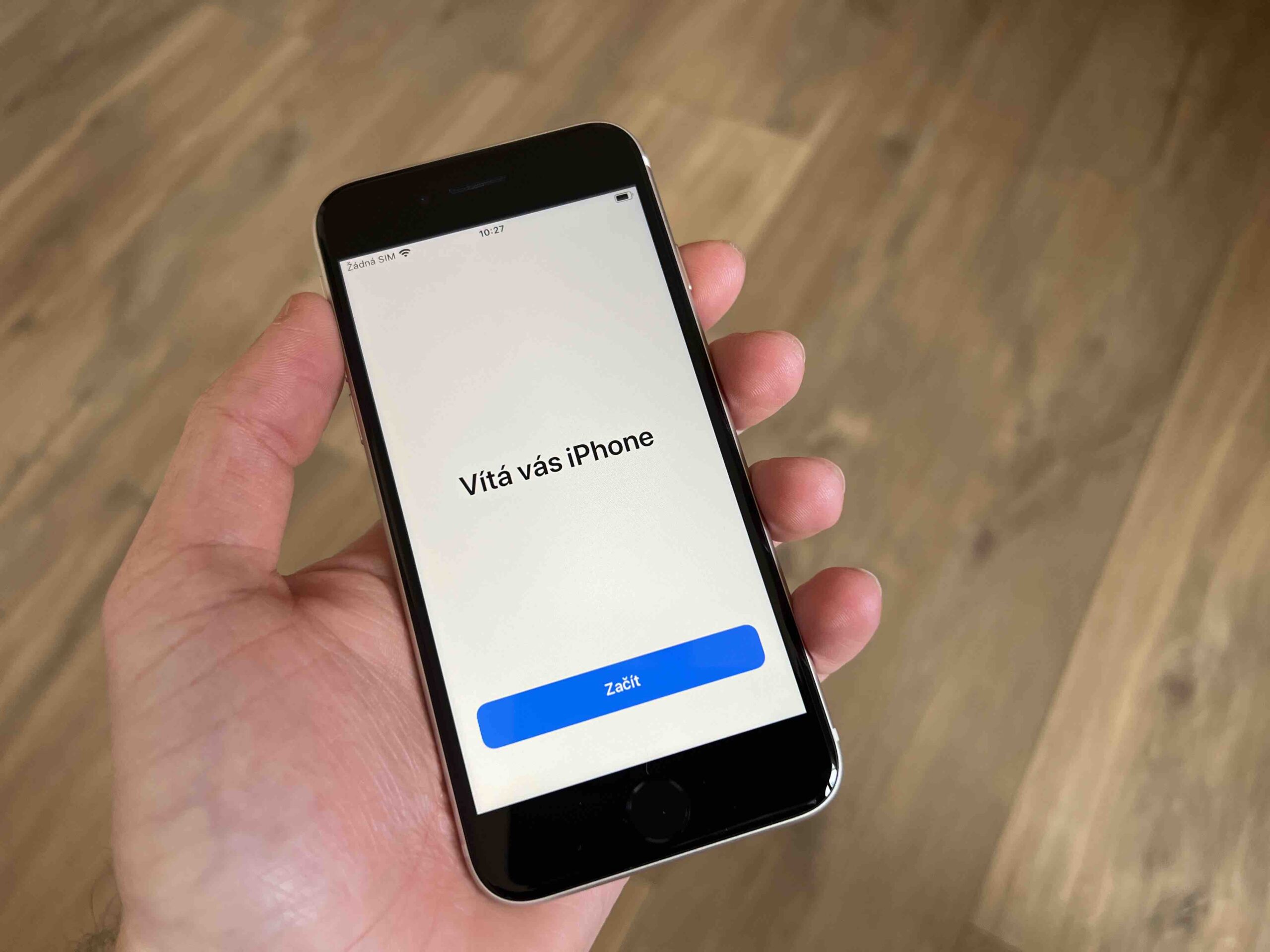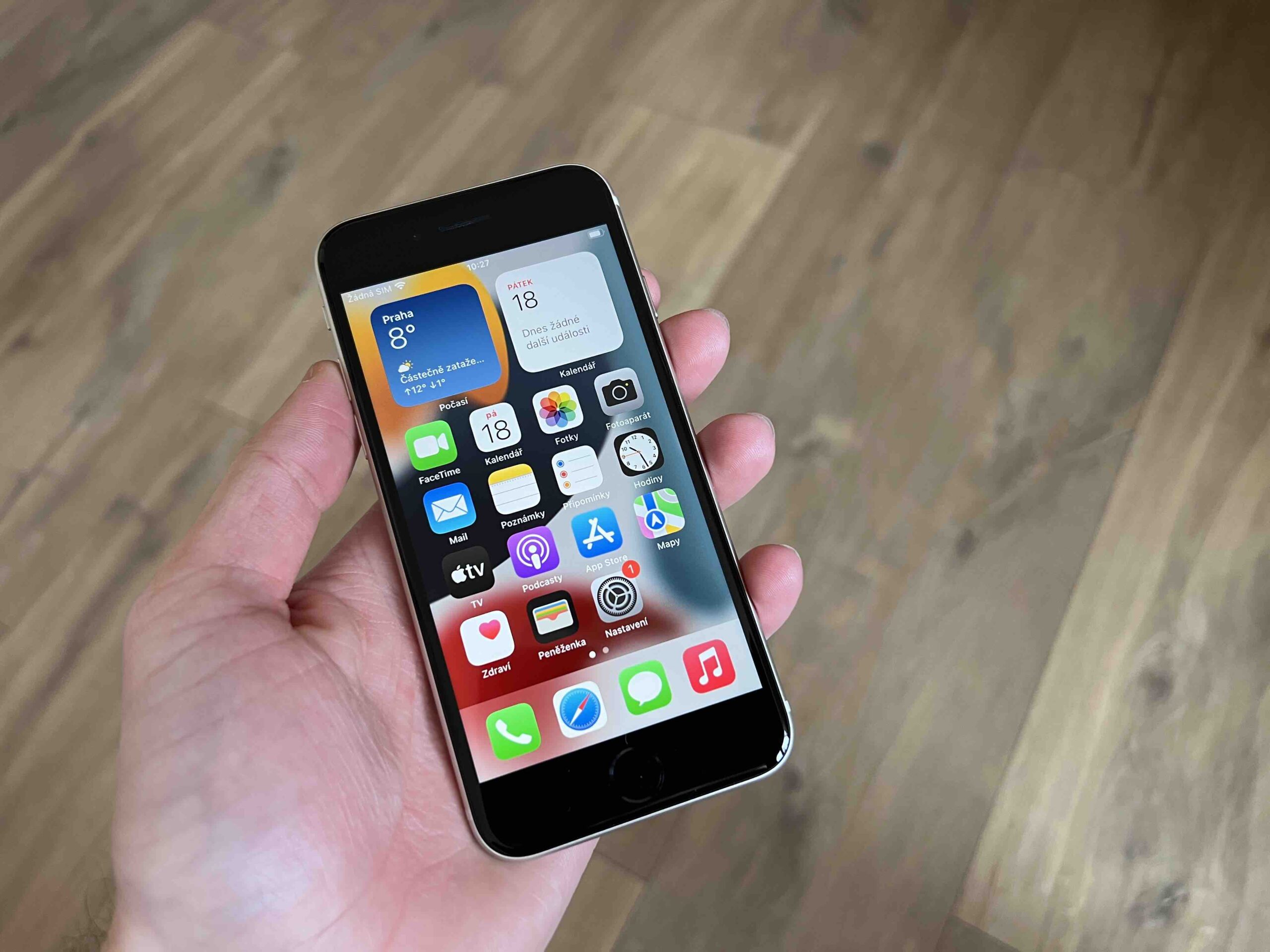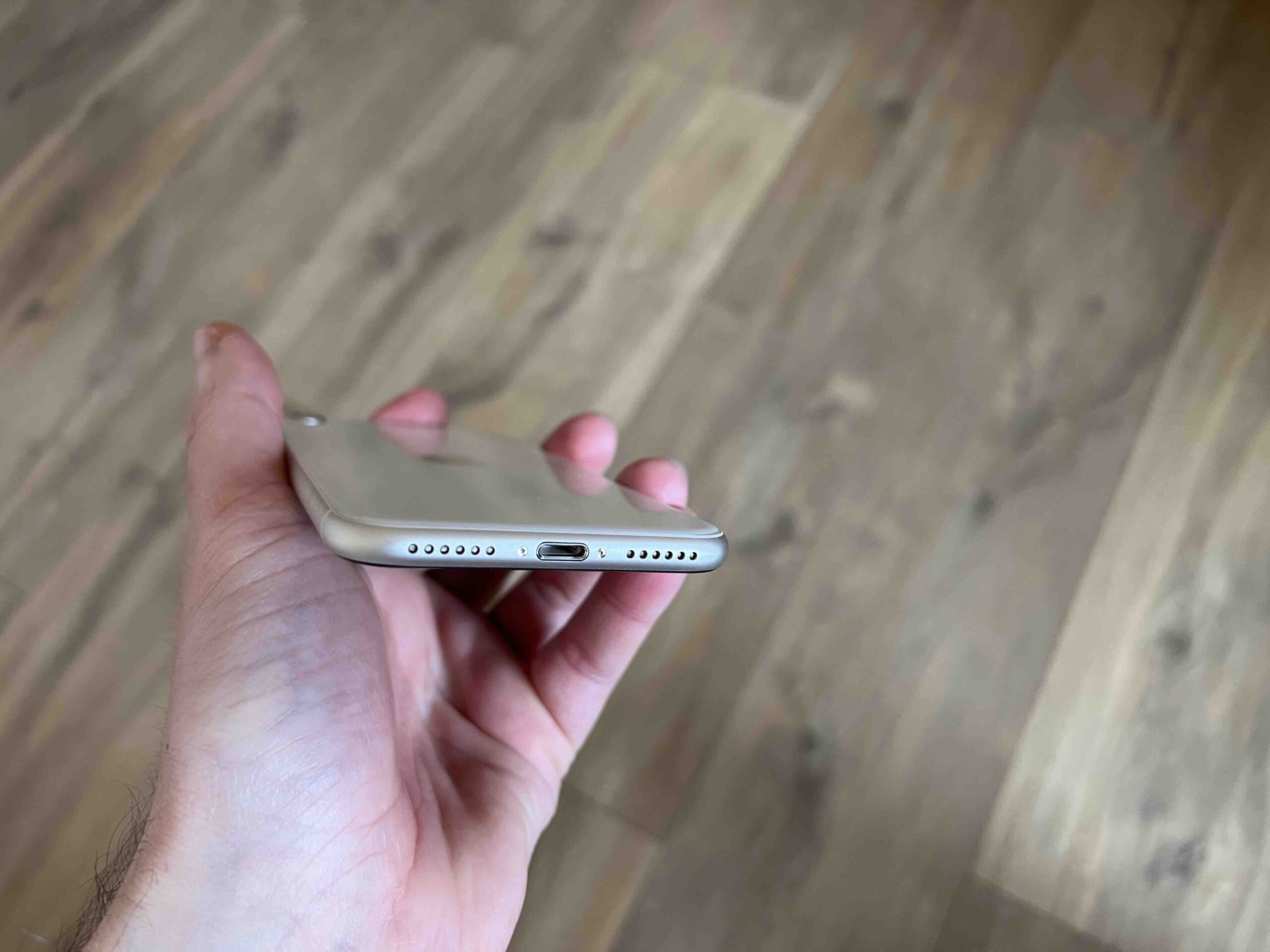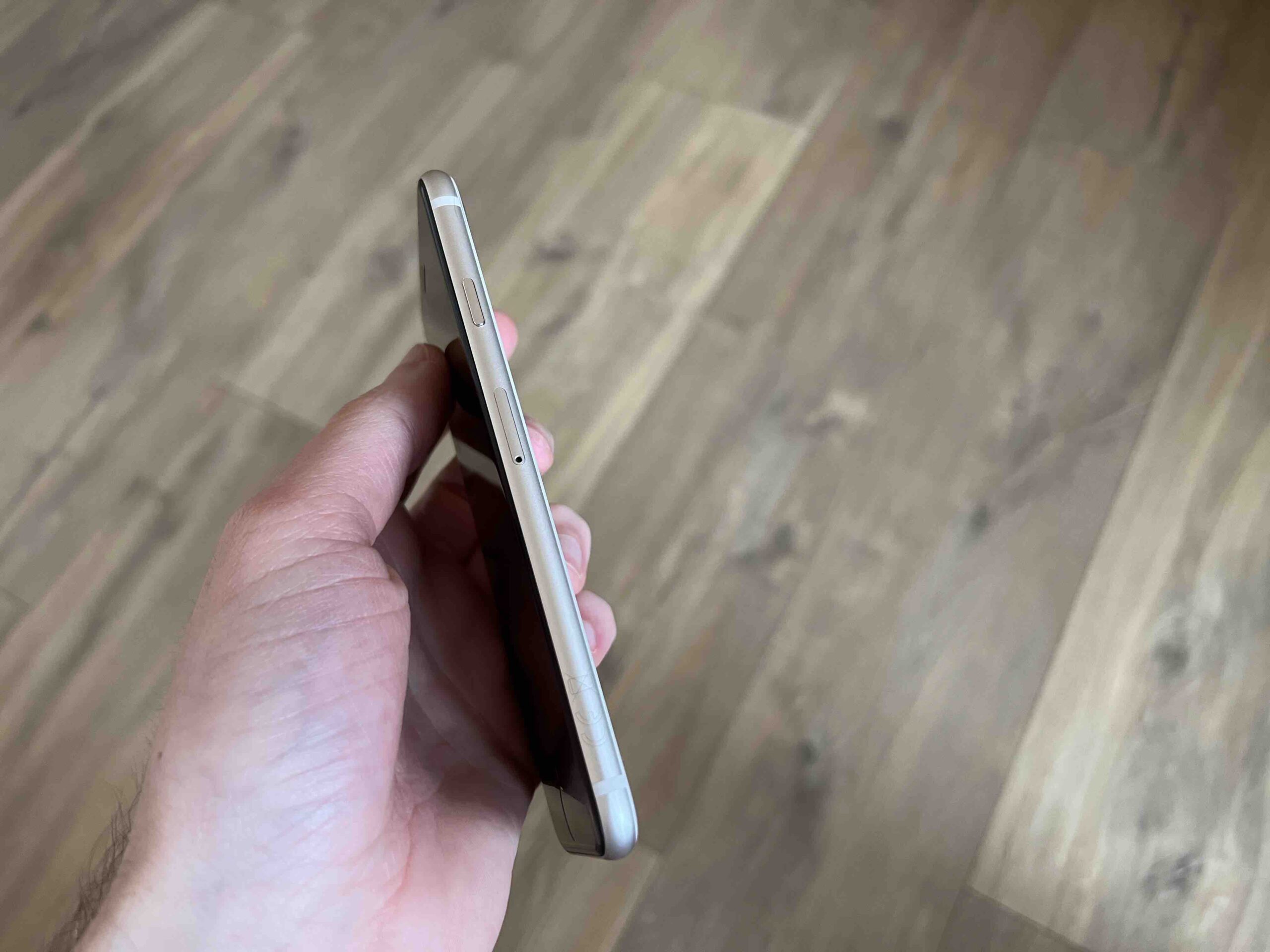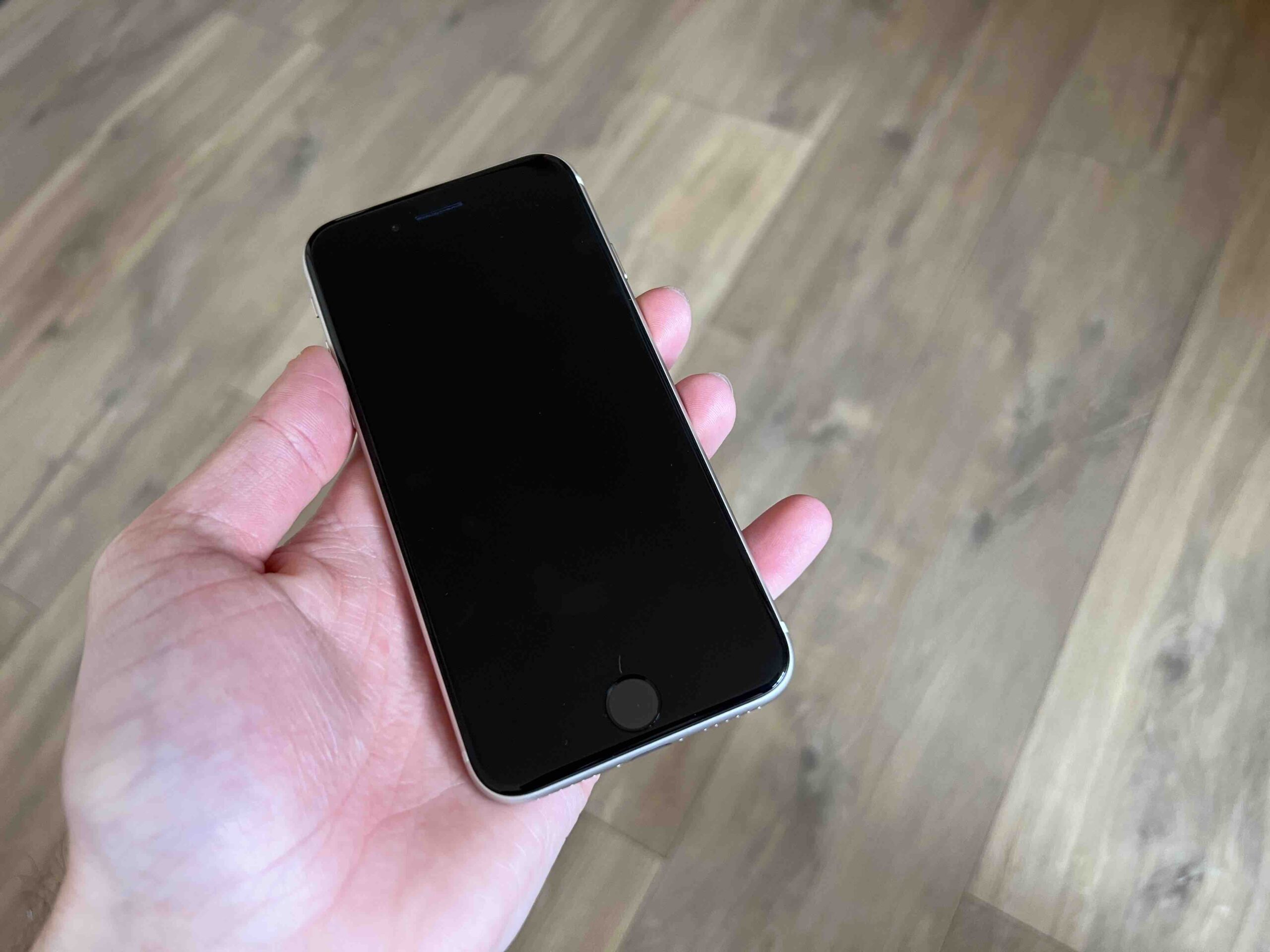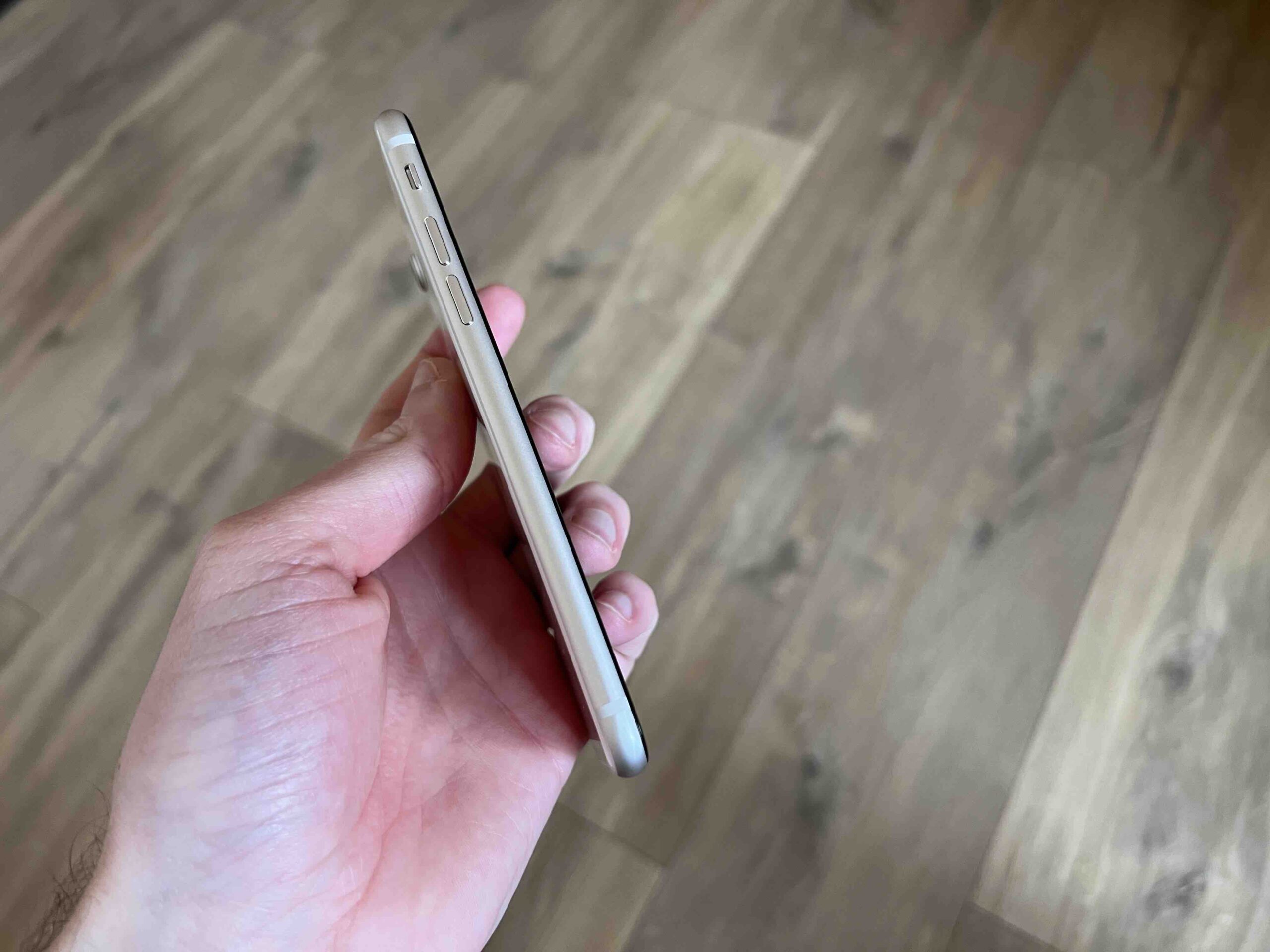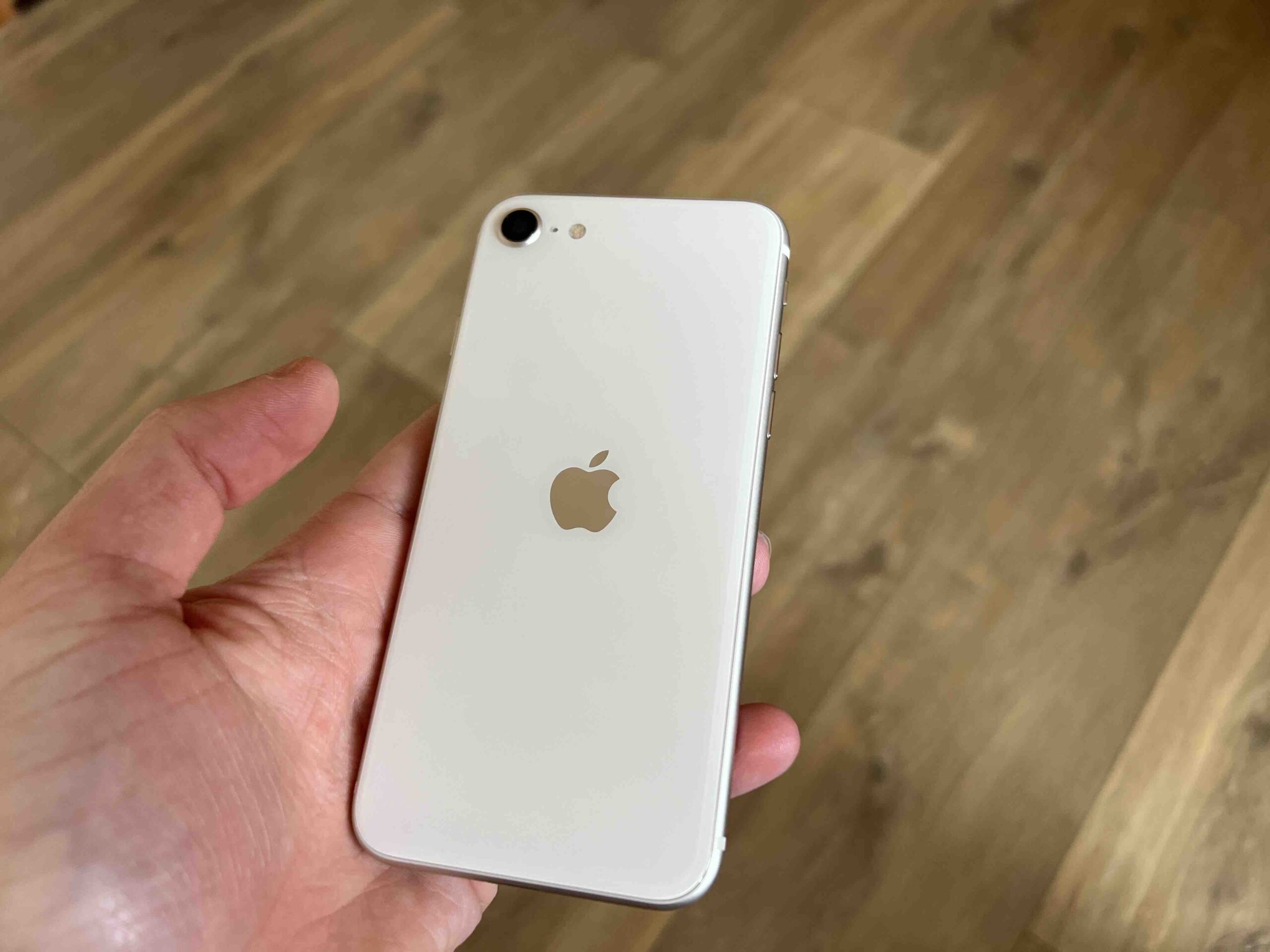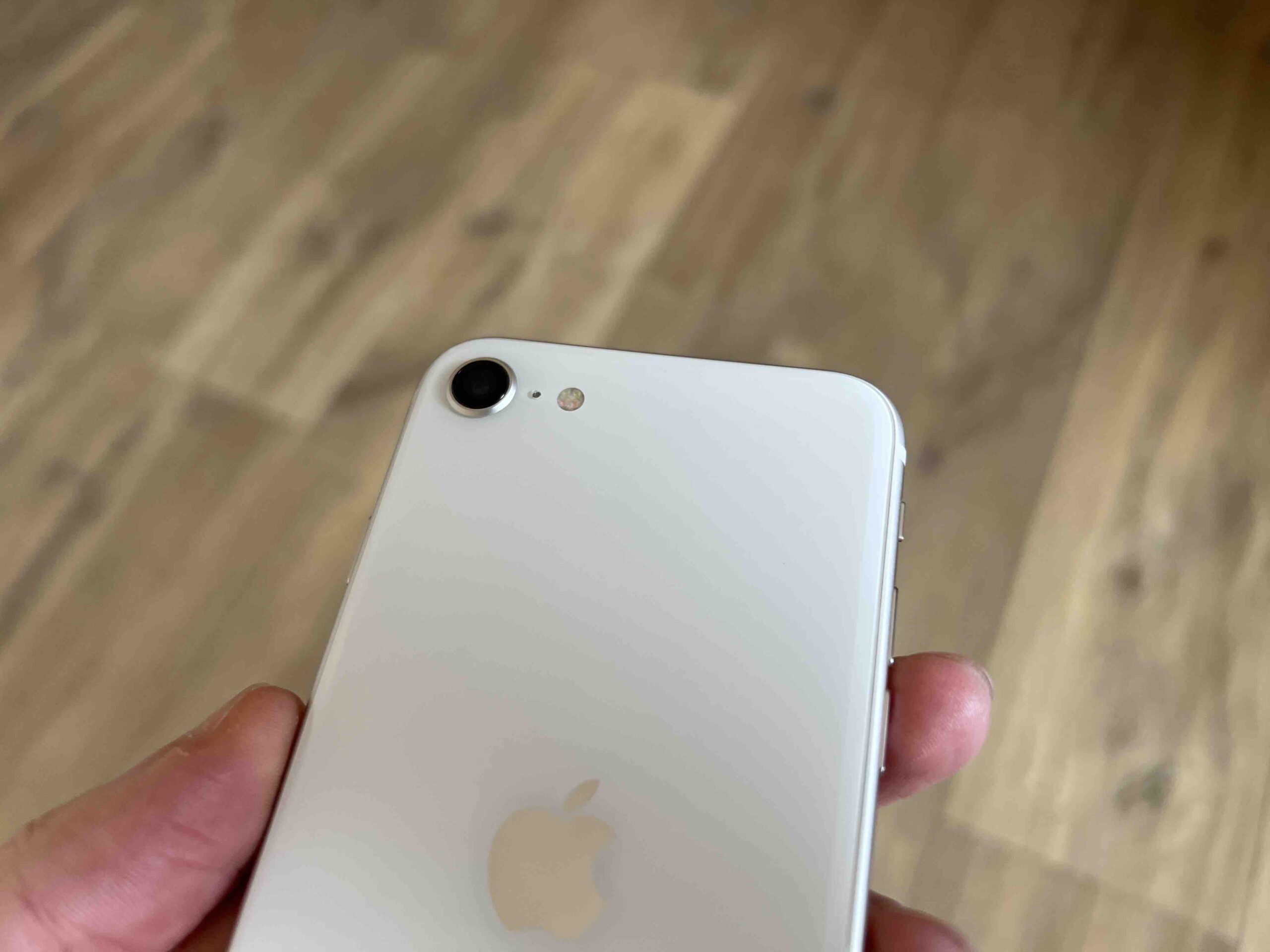In 2017, we saw the introduction of the revolutionary iPhone X. This model brought a number of essential elements that literally define the appearance of today's smartphones. One of the essential elements was also the removal of the home button and the Touch ID fingerprint reader, which Apple replaced with the newer Face ID technology. But the competition is taking a different approach – rather than investing in a 3D face reader that would achieve the qualities of Face ID, it prefers to still rely on the proven fingerprint reader. But a little differently. Today, in the vast majority of cases, it can be found under the display.
It could be interest you
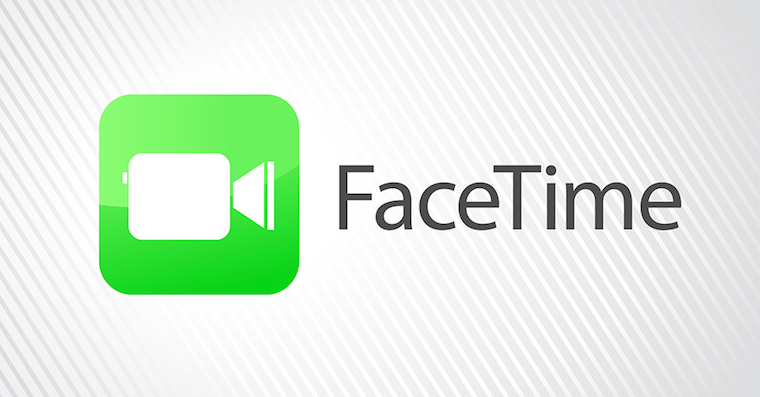
Many apple users have therefore called many times for Apple to come up with a similar solution. Face ID proved to be highly ineffective during the global Covid-19 pandemic, when the technology simply did not work due to masks and respirators. However, the Cupertino giant does not want to take similar steps and instead prefers to improve Face ID. By the way, this method no longer has the slightest problem with the mentioned respirators, if you have an iPhone 12 and newer.
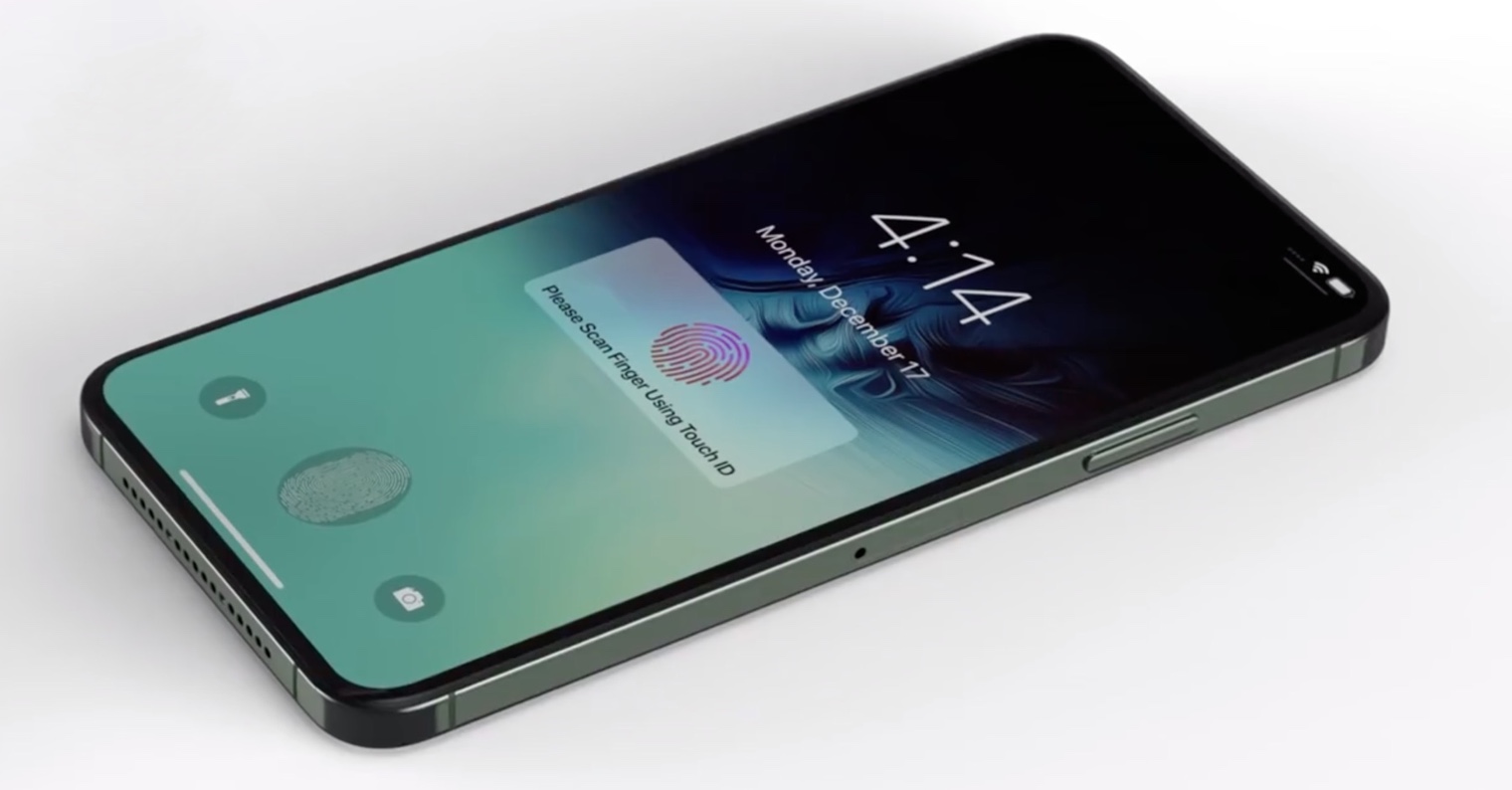
Returning Touch ID is not possible
According to current developments, it looks like we can say goodbye to the return of Touch ID right away. As mentioned above, Apple makes it clear what it sees as a bigger opportunity and what it prioritizes. From this point of view, of course, it does not make sense to take such a step back, when the Cupertino giant himself often mentioned that Face ID is a faster and safer alternative. But some still call after the return of the fingerprint reader. Of course, Touch ID has indisputable benefits, and it is generally a very simple method that works in almost any situation - if you don't have gloves. Despite current developments, there is still a chance that we will still see his return.
In this direction, it is enough to start from the past of Apple, which has more than once blown the whistle on one of the earlier technologies and then returned to it. For the first time, you can equip yourself with, for example, a MagSafe power connector for apple laptops. Until 2015, MacBooks relied on the MagSafe 2 connector, which was the envy of Apple owners and fans of the competition for its simplicity. The cable was simply magnetically attached to the port and the power supply was initialized immediately, while there was still a diode on the cable informing about the state of charge. At the same time, it also had a safety benefit. If someone were to trip over the cable, they would not drop the entire laptop with them, but would (in most cases) just snap off the device. Although MagSafe 2 sounds perfect, Apple replaced it with a USB-C/Thunderbolt connector in 2016. But last year he reconsidered his move.
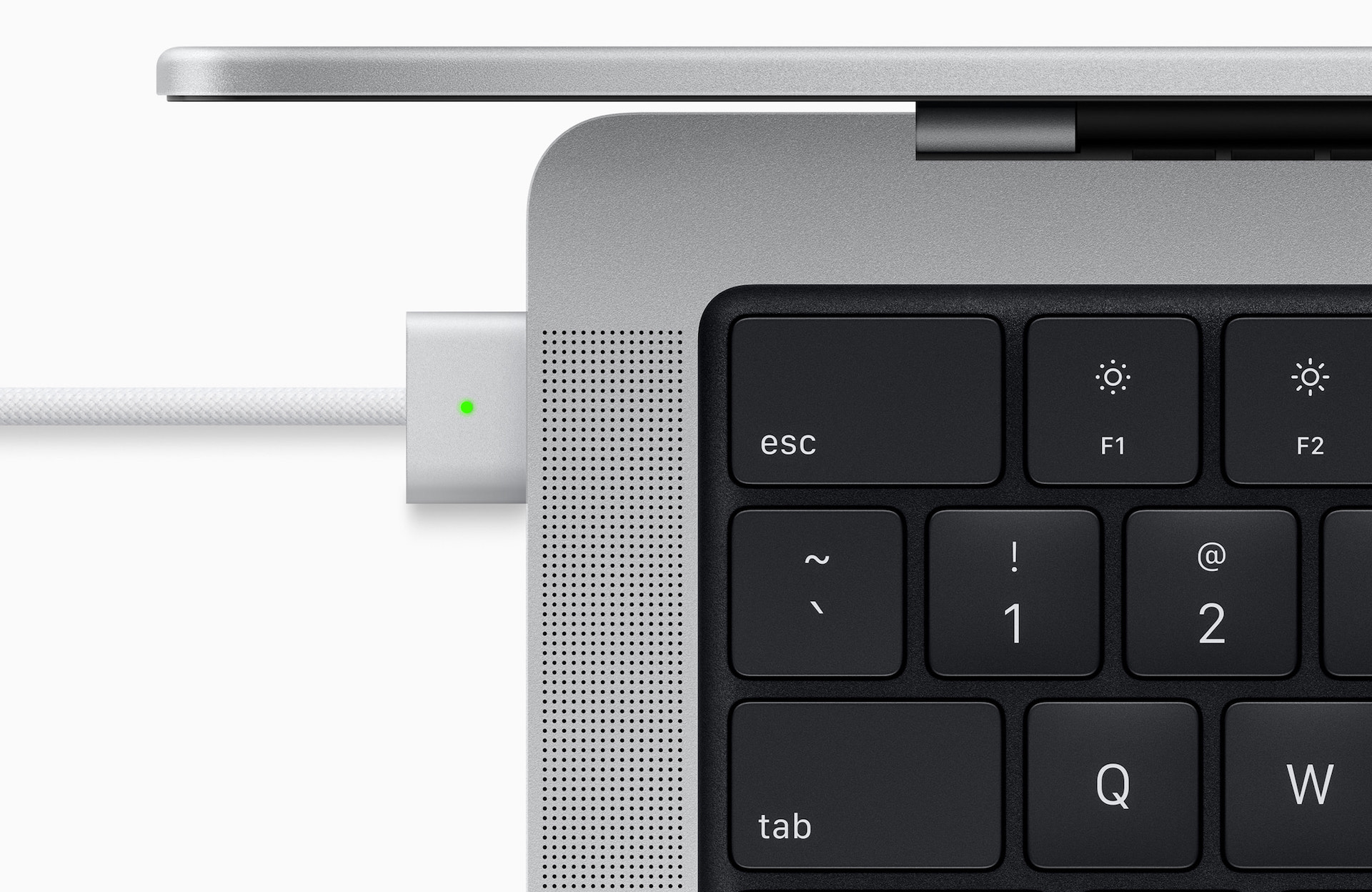
At the end of 2021, we saw the introduction of the 14″ and 16″ MacBook Pro, which, in addition to a new body and a more powerful chip, also returned some ports. Specifically, it was MagSafe 3 and an SD card reader with an HDMI connector. But to make matters worse, the Cupertino giant has improved MagSafe a little bit, which today mainly benefits owners of 16″ models. Today, they can enjoy up to 140W fast charging on their laptops.
How Apple will proceed
At the moment, of course, it is not clear whether Touch ID will meet the same fate. But as some products, speculations and leaks tell us, the giant is still working on the technology. This is proven, for example, by the 4th generation iPad Air (2020), which got rid of the home button, introduced a more angular design similar to the iPhone 12, and moved the fingerprint reader to the power button. At the same time, some time ago there was talk of work on an Apple phone with Touch ID integrated directly into the display. How it will turn out in the final, no one knows yet. Would you welcome the return of Touch ID to iPhones, or do you think it would be a step backwards?
It could be interest you
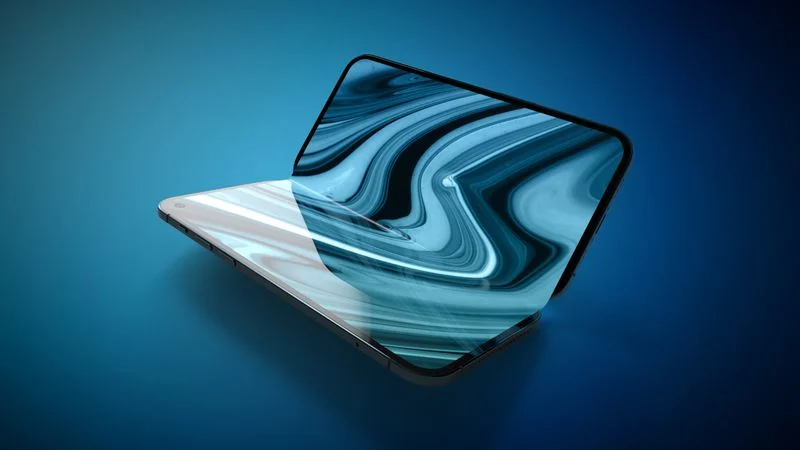
 Adam Kos
Adam Kos 
